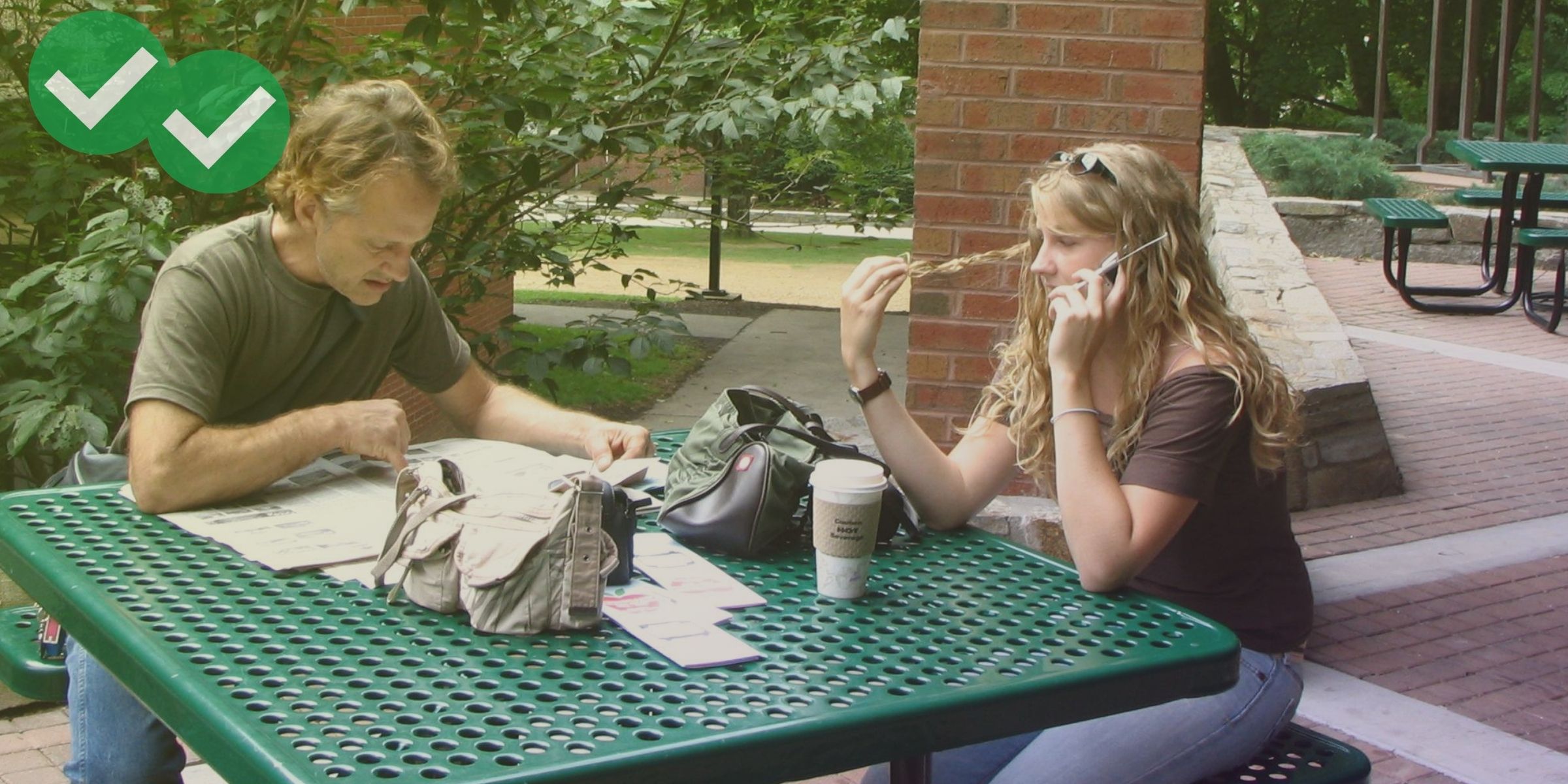In the speaking section, you only have 15-30 seconds to plan each response. Here are some tips to help you use that time effectively.
Don’t over-plan
It’s tempting to invent beautifully crafted language to impress the raters and ensure a good score. Unfortunately (and fortunately), there’s really not time to do this in the TOEFL speaking section; that’s one of the main reasons why the planning time is so short! First, remember that graders are trained to recognize memorized or read responses, and that such responses will receive low scores. Second, trying to write out exactly what you want to say will cause you to know one part of your response very well, while not having a clue what you want to say the rest of the time. It’s not a great plan to rush through the first few sentences of your response and then sit in silence, trying to think of something else to say while the clock counts down. Avoid this by using the planning time to sketch an outline of your response rather than going in-depth into any one part of it.
Create an outline
This brings me to part two of planning a great speaking response: what should you actually spend your planning time on? The first task, if it applies to your question, is to choose the topic you’ll speak about. That’s only true of independent task. In an integrated response, you may begin by defining a key concept from the listening or reading. Make a note of that, then identify the two important details from the recording (for example, the two reasons for the student’s opinion, two solutions to the student’s problem, two examples of a concept explained in a lecture, etc). If it’s an independent question, think of the two most specific personal examples you can. Jot down a few key words for each of these, then move on. Once you’ve done this for two examples, you’ll probably be out of time and ready to talk.
Keep it short
As I said, you only have time for a few key words. In fact, for an integrated task, you may write as few as three words, and they might be abbreviated, too! Try to write no more than ten letters—five for each of your key details. There’s no point in writing the main idea. And for the integrated tasks, you might even write nothing at all: try simply underlining or circling the key parts of your notes so you have something to focus on while speaking.
Don’t get stuck
This is especially true of the independent tasks: it can be very hard to think of two supporting details in only 15 seconds! In the integrated tasks, you can select from your notes, but in tasks one and two, you have to use your own brain alone. If you are having trouble thinking of a good example, then lie. It doesn’t have to be true. Just quickly choose a reason or detail that you can talk about most easily, whether it’s true or not. Then move on to think of another!






Leave a Reply